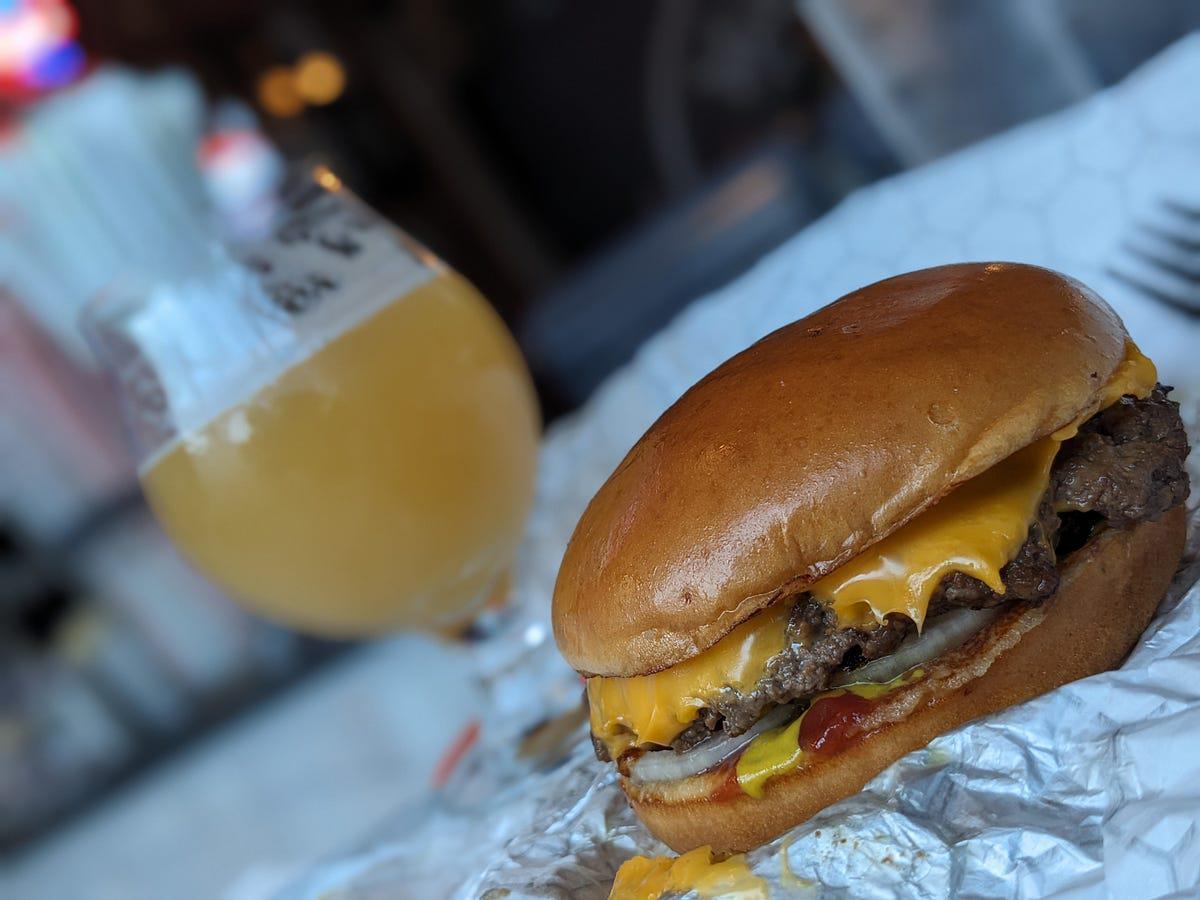I (maybe we?) have started thinking about loss leaders as I lament the increasing cost of dining and drinking in the United States.
A "loss leader" is a marketing approach where products are intentionally sold at a loss or minimal profit to attract customers. Essentially - using loss leaders to get them in the door expecting them to buy more.
As this article explains in detail, there are more nuances to this seemingly dishonest strategy.
You don't see as many loss leaders anymore. At least, I don't see them. Maybe it's because I'm in California. Surprisingly, they are illegal. And it's not just here.
According to the American Economic Association (AEA), concerns revolve around loss being banned in some European countries, all states in the United States being anti-competitive, ultimately harming consumers.
There are arguments about this. Today, we won't delve deep, but there is one side that claims that loss-leading exploits consumers and helps large retailers screw over small competitors. Walmart can afford to lose money on products to lure shoppers. Theoretically, this stops discoverers of these bargains from supporting local businesses.
AEA has summarized research countering this position.
[...] Large stores do not necessarily choose loss leaders based on what competition is carrying. In fact, they choose them based on luring shoppers to their store regardless of whether small stores are selling it...
However, for this loss-bearing strategy to work, retailers rely on consumers making impulse purchases. It's a fair assumption.
Both sides have valid arguments. However, I find it interesting that the government in the United States, especially, is in the business of protecting consumers from impulse buying, but they haven't set regulations that I know of. 90% margin.
